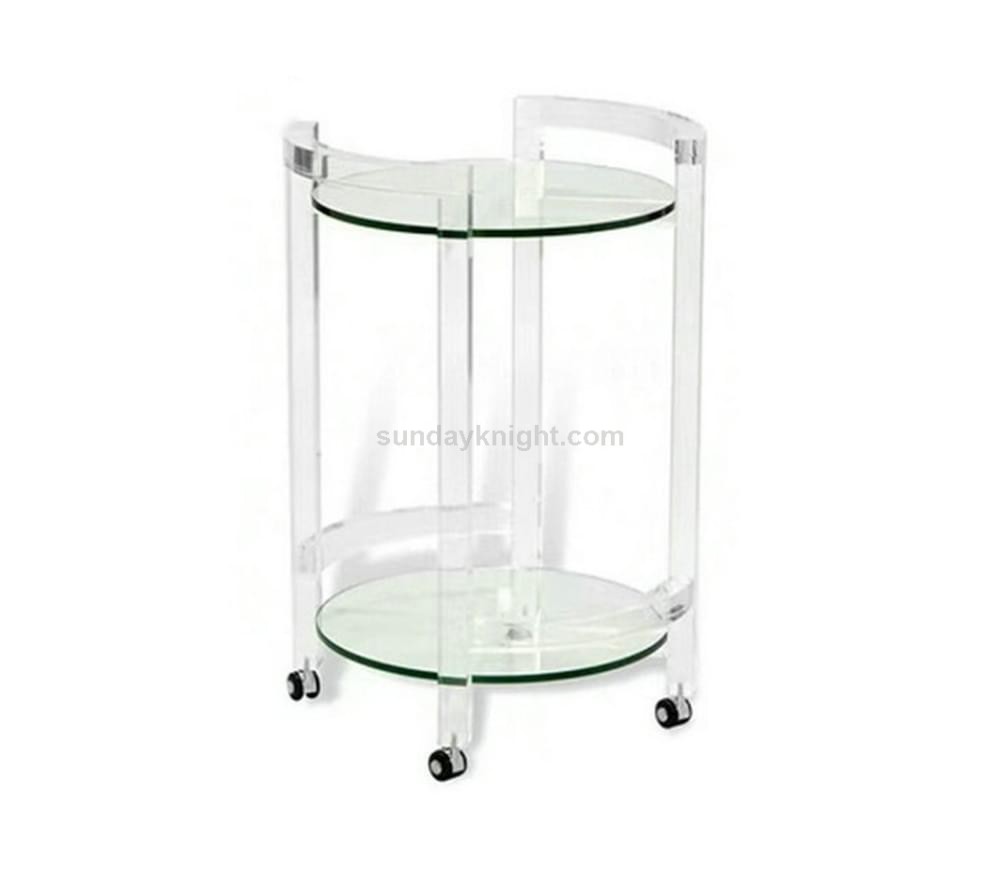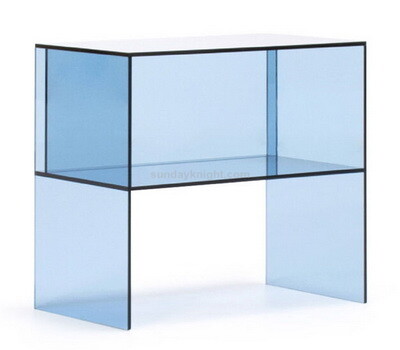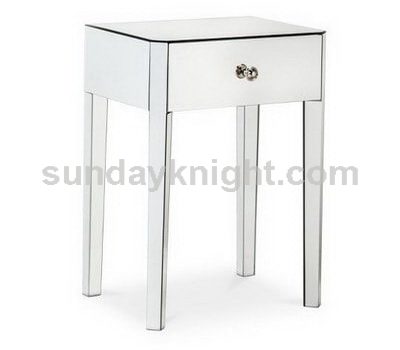In the world of interior design, the quest for innovative and visually appealing materials is a constant endeavor. Among the many materials available, acrylic stands out as a versatile and captivating choice. Its transparent nature, durability, and adaptability have made it a preferred option for interior designers seeking to add a touch of modern elegance to their projects. In this article, we will explore the transparent allure of acrylic and its wide-ranging applications in interior design.
The Beauty of Transparency:
Acrylic, also known as polymethyl methacrylate (PMMA), is a type of plastic that possesses a unique ability to mimic the clarity of glass while offering numerous advantages. Its transparency allows designers to create open, light-filled spaces that convey a sense of spaciousness. Acrylic’s crystal-clear appearance can also serve as a blank canvas for designers, allowing them to experiment with various colors, textures, and lighting effects to achieve their desired aesthetic.
- Furniture and Decor:
One of the most popular applications of acrylic in interior design is in the creation of furniture and decor pieces. Acrylic furniture, such as chairs, tables, and shelving units, adds a contemporary touch to any space. The see-through quality of acrylic furniture pieces creates an illusion of floating objects, making the room appear less cluttered and more spacious. Moreover, its adaptability to various shapes and sizes enables designers to craft custom pieces tailored to specific design visions.



- Room Dividers and Screens:
Acrylic panels and screens offer an excellent solution for dividing large spaces or creating semi-private areas within a room. These dividers maintain an open and airy feel while providing a sense of separation between different functional zones. Additionally, they can be designed with intricate patterns or textures to serve as decorative elements, adding depth and visual interest to the overall design.
- Lighting Fixtures:
The translucency of acrylic lends itself well to lighting applications. Acrylic can be used to craft unique lighting fixtures, such as pendant lights, chandeliers, and sconces. When illuminated, acrylic diffuses light evenly, creating a soft and inviting ambiance. Designers can experiment with different shapes and sizes to achieve various lighting effects, from understated elegance to dramatic focal points.
- Bathroom Design:
In bathrooms, acrylic finds its place in the creation of sleek and modern shower enclosures and bathtub surrounds. Its resistance to water and ease of maintenance make it an ideal choice for these applications. Acrylic can be molded into curved shapes and seamlessly integrated into the overall design, eliminating the need for unsightly seams or grout lines.
- Art Installations:
Acrylic’s transparency has inspired many artists and designers to incorporate it into their installations. Whether it’s a sculpture, wall art, or decorative panels, acrylic can enhance the visual impact of the artwork by playing with light and reflections. The material’s ability to interact with its surroundings adds an element of dynamic beauty to interior spaces.
Conclusion:
The allure of acrylic in interior design lies in its transparency, adaptability, and ability to elevate the aesthetics of any space. As designers continue to seek innovative ways to create captivating interiors, acrylic products have become indispensable tools in their arsenal. Whether it’s through furniture, room dividers, lighting, bathroom elements, or art installations, acrylic offers limitless possibilities to infuse modernity and elegance into interior designs. Its transparent charm is not just a design choice; it’s a statement of timeless sophistication.
